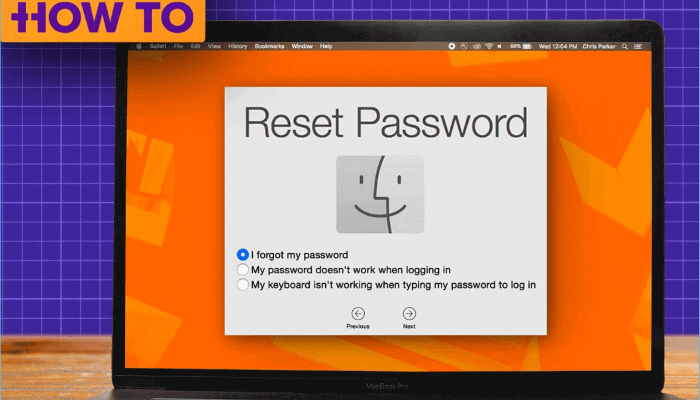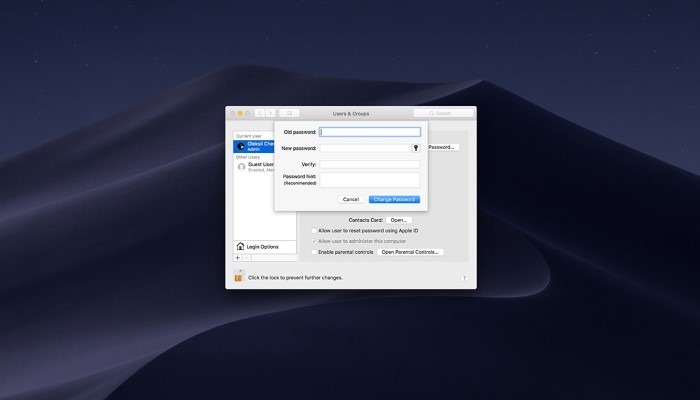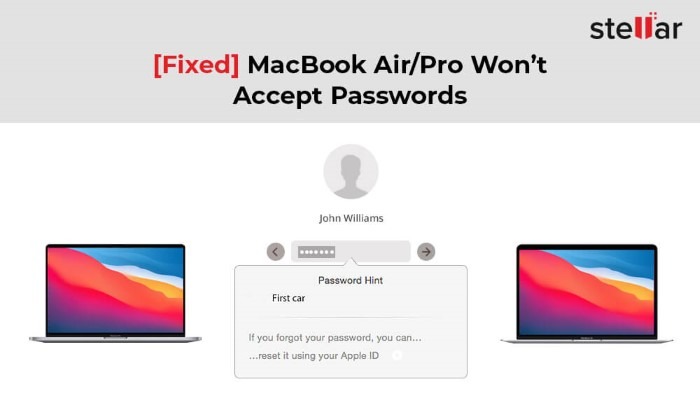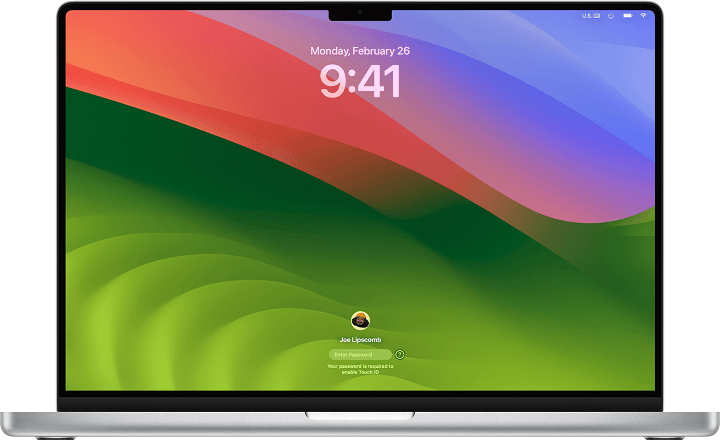For many of us, our MacBook is more than just a device; it’s an extension of our work, our creativity, and our daily lives. However, there comes a time when even the most tech-savvy among us can find ourselves locked out, staring at a login screen with a mind gone blank on the password we once knew so well. But fear not! In this comprehensive guide, we’ll walk you through the steps to regain access to your MacBook when you’ve forgotten your password.
Understanding the Situation

What Happens When You Forget Your MacBook Password?
Forgetting your MacBook password can be a frustrating experience, but understanding what happens when you enter an incorrect password can help ease some of that frustration.
When you type in the wrong password, your MacBook will usually give you a few chances to get it right before it locks you out. After a certain number of failed attempts, you may see a message that says “Your account has been disabled for security reasons.” At this point, you won’t be able to log in using your usual password.
Stay Calm: Common Reactions and What to Do Next
It’s natural to feel a sense of panic when you realize you’ve forgotten your MacBook password. After all, so much of our lives are stored on these devices! But before you start frantically trying to guess your password or rushing to the nearest Apple Store, take a deep breath and remember that there are steps you can take to resolve the situation.
Assessing Your Options
Remembering Your Password
Before you try any other solutions, take a moment to see if you can remember your password. Sometimes, all it takes is a little time and concentration to jog your memory.
Using Another Admin Account
If you have another admin account set up on your MacBook, you’re in luck! You can use this account to reset the password for your original account.
Using Your Apple ID
If you’ve associated your Apple ID with your user account on your MacBook, you can use it to reset your password. This can be a lifesaver if you’ve forgotten your password and don’t have another admin account set up.
Using Recovery Mode
If all else fails, you can use Recovery Mode to reset your password. This will require you to erase your hard drive and reinstall macOS, so it should be considered a last resort.
Step-by-Step Guide

Remembering Your Password
- Take a break and clear your mind.
- Try typing in passwords that you commonly use for other accounts.
- If you’ve recently changed your password, try using your old password.
- If you still can’t remember your password, move on to the next option.
Using Another Admin Account
- Log in to the other admin account on your MacBook.
- Open “System Preferences” from the Apple menu.
- Click on “Users & Groups.”
- Select your original account from the list on the left.
- Click the “Reset Password” button and follow the on-screen instructions.
Using Your Apple ID
- Click on the question mark icon next to the password field on the login screen.
- Enter your Apple ID email address and password.
- Follow the on-screen instructions to reset your password.
Using Recovery Mode
- Restart your MacBook and hold down Command + R as it boots up.
- Select “Disk Utility” from the macOS Utilities window and click “Continue.”
- Choose your startup disk and click “Erase.”
- After erasing your hard drive, select “Reinstall macOS” from the macOS Utilities window.
- Follow the on-screen instructions to reinstall macOS and set up a new password.
Forgetting your MacBook password can be a stressful experience, but it’s not the end of the world. By staying calm and assessing your options, you can regain access to your device and get back to work, play, and everything in between. Whether you’re able to remember your password, use another admin account, reset your password with your Apple ID, or use Recovery Mode to reinstall macOS, there’s always a way to unlock the mystery and regain control of your MacBook.
Advanced Techniques and Additional Tips

So far, we’ve covered the basic methods for regaining access to your MacBook when you’ve forgotten your password. However, there are some advanced techniques and additional tips that can come in handy in certain situations. Let’s delve deeper into these options.
Using Terminal
For Mac users familiar with Terminal, there’s another method to reset a forgotten password. Here’s how you can do it:
- Restart your MacBook and hold down Command + R to enter Recovery Mode.
- From the Utilities menu, select Terminal.
- Type in the following command:
Copy code
resetpassword
Press Enter and follow the on-screen instructions to reset your password.
Using Single User Mode
Single User Mode allows you to access your Mac’s command line interface, where you can reset the password. Here’s how:
- Restart your MacBook and hold down Command + S to enter Single User Mode.
- Once in Single User Mode, type in the following commands:
bash
Copy code
/sbin/mount -uw / rm /var/db/.AppleSetupDone
Restart your MacBook by typing:
Copy code
reboot
Follow the on-screen instructions to set up a new administrator account.
Using Target Disk Mode
If you have another Mac available, you can use Target Disk Mode to access the files on your locked MacBook and reset the password. Here’s how:
- Connect your locked MacBook to another Mac using a Thunderbolt or FireWire cable.
- Restart your locked MacBook and hold down the T key to enter Target Disk Mode.
- Your locked MacBook will appear as an external hard drive on the other Mac.
- Navigate to the /Users/[your username] folder on the locked MacBook’s hard drive.
- Locate the file named “.AppleSetupDone” and delete it.
- Restart your locked MacBook and follow the on-screen instructions to create a new administrator account.
Additional Tips
- Regularly Back Up Your Data: It’s crucial to regularly back up your data using Time Machine or another backup solution. This ensures that even if you forget your password or encounter other issues, you won’t lose important files and documents.
- Use a Password Manager: Consider using a password manager to securely store and manage your passwords. This can help prevent you from forgetting passwords in the future and streamline the login process across multiple devices.
- Set Up Two-Factor Authentication: Adding an extra layer of security with two-factor authentication can help protect your MacBook and other accounts from unauthorized access. This typically involves receiving a verification code on your phone or another trusted device when logging in.
- Keep Your Recovery Key Safe: If you’ve enabled FileVault encryption on your MacBook, make sure to keep your Recovery Key in a safe place. This key can be used to unlock your disk and reset your password if you ever forget it.
Related Post:
Mastering the Art: A Complete Guide on How to Hard Reset Your MacBook Pro
Unlocking the Secrets: MacBook Pro Serial Number Lookup Demystified
Mastering the Art of MacBook Pro Reset: Your Comprehensive Guide
Navigating the process of regaining access to your MacBook when you’ve forgotten your password can be challenging, but with the right techniques and strategies, it’s entirely manageable. Whether you opt for the straightforward approach of using another admin account or venture into more advanced methods like Terminal or Target Disk Mode, there’s a solution for every situation. By staying calm, assessing your options, and following the steps outlined in this guide, you can successfully unlock your MacBook and regain control of your digital workspace.

